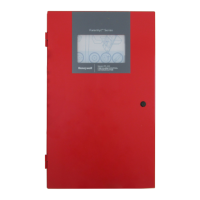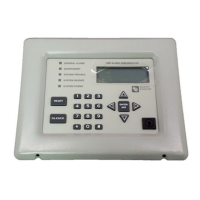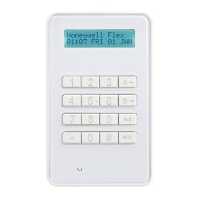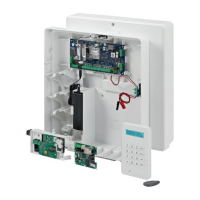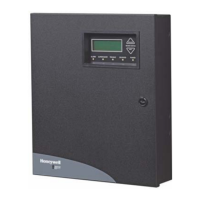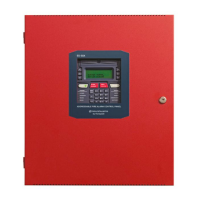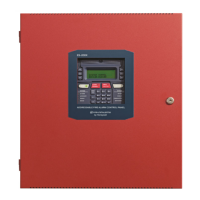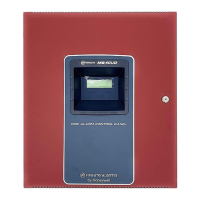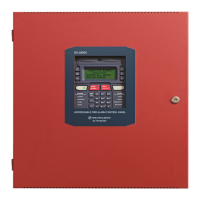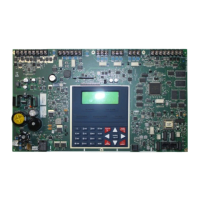16 IFP-75 Series Manual — P/N LS10147-001SK-E:E 4/6/2022
Prerequisites for Installation Calculating Current Draw and Standby Battery
3.5 Calculating Current Draw and Standby Battery
This section contains instructions and tables for calculating current draws and standby battery needs.
3.5.1 Worksheet Requirements
The following steps must be taken when determining IFP-75 current draw and standby battery requirements.
Filling in the Current Draw Worksheet, Table 3.2, Table 3.3, or Table 3.4
1. For the IFP-75, the worst case current draw is listed for the panel, addressable devices, and SLC expanders. Fill in the number of
addressable devices and expanders that will be used in the system and compute the current draw requirements for alarm and standby.
2. Add up the current draw for all auxiliary devices and record in the table at Line B.
3. Add up all notification appliance loads and record in the table at Line C.
4. For notification appliances and auxiliary devices not mentioned in the manual, refer to the device manual for the current ratings.
5. Make sure that the total alarm current calculated, including current for the panel itself, does not exceed 2.5A. This is the maximum
alarm current allowable.
If the current is above 2.5A, you will need to use a notification power expander(s) such as, the 5496 NAC Expander. Use the
expander(s) to distribute the power loads, so that the IFP-75 or the power expanders do not exceed their power rating.
Refer to the Current Draw Worksheets provided with the 5496 Manual to identify the ratings that do not exceed their power
requirements.
6. Complete the remaining instructions in the table for determining battery size requirements.
3.5.2 Current Draw Worksheet for IDP SLC Devices
Use Table 3.2 to determine the current requirements during the alarm/battery standby operation when IDP SLC devices are installed. You
can install up to 75 IDP detectors and 75 IDP modules.
Terminal Block 2 SBUS – SBUS Power 27.4 VDC 0.5 A
+
A SBUS Communication 5 VDC 100 mA
B
NAC1
1
– Notification Appliance Circuit/Auxiliary power 27.4 VDC 1 Amp NAC or Aux power
+
NAC2
1
– Notification Appliance Circuit/Auxiliary power 27.4 VDC 1 Amp NAC or Aux power
+
P8 EXT. Comm
Cellular
Connection
B Cellular Transmitter input
A
S+ 55 mA, 95 mA
S-
P7 Data Network Used for SK-NIC 24 VDC 21 mA
1 Regulated NAC application. When programmed for Releasing, the NACs are Special Application.
Terminal No.
Label
Description
Rating
Group Individual Voltage Current
Table 3.1 Terminal Descriptions and Electrical Specifications (Continued)
Device # of Devices Current per Device
Standby
Current
Alarm Current
For each device use this formula: This column X This column = Current per number of devices.
Fire Panel
(Current draw from battery)
1 Standby 165 mA 165 mA
Alarm: 310 mA 310 mA
1
Addressable SLC Detectors
IDP-PHOTO
Standby: 0.3 mA
Alarm: 6.5 mA
2
mA mA
IDP-PHOTO-T mA mA
IDP-PHOTO-R mA mA
IDP-HEAT mA mA
IDP-HEAT-HT mA mA
IDP-HEAT-ROR mA mA
IDP-ACCLIMATE mA mA
Table 3.2 Current Draw Worksheet for IDP SLC Devices

